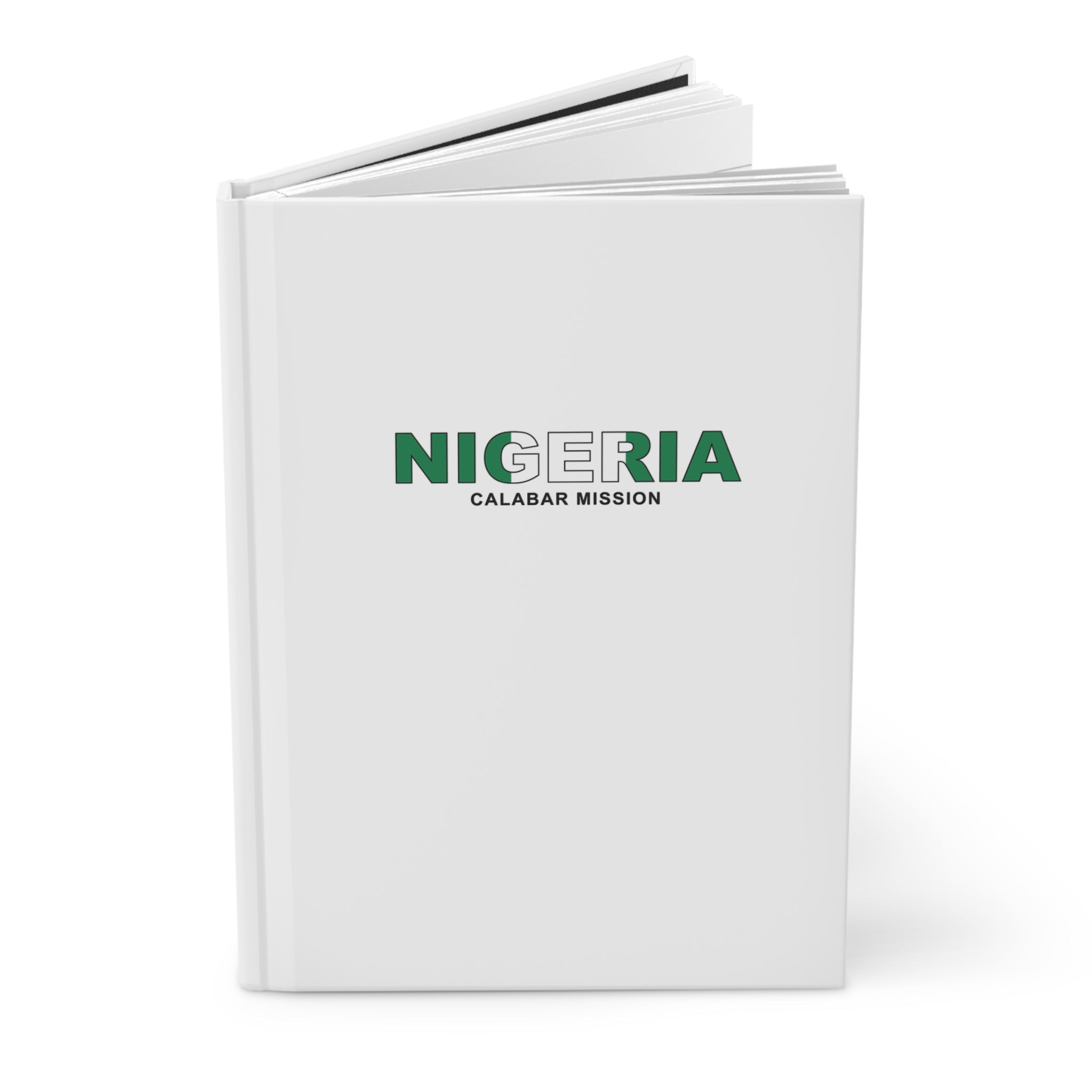In response to letters from Nigerians who had read about the Church and organized unofficial congregations, Church leaders attempted to establish a mission in Nigeria in the early 1960s. Because the Church was unable to obtain missionary visas and at the time did not ordain men of African descent to the priesthood, plans were eventually put on hold. After the Nigerian Civil War, Ime Eduok, Anthony Obinna, and others ministered to those who still longed to join the Church, waiting in faith and patience to inherit the promises of the gospel (see Hebrews 6:12).
Following President Spencer W. Kimball’s 1978 revelation extending priesthood ordination and temple blessings to worthy Church members of African descent, the Church was finally established in Nigeria. People who had long looked forward to the day were finally able to be baptized and invite relatives and friends to join the Church. Ten years later, the first stake in Nigeria was organized.
Saints in Nigeria have served their communities in many ways, either through practicing integrity and goodwill in their own lives or through organized Church efforts. Relief Society sisters took the lead on a literacy effort, which aimed to help women become more self-reliant and gain personal testimonies of the Book of Mormon. Saints of all ages have participated in the Church’s annual All-Africa Mormon Helping Hands Day. In 2005 a temple was dedicated in Aba. By 2018, 40 years after the first baptisms there, more than 160,000 Saints lived in Nigeria.















































